In the microscopic battleground of host-pathogen interactions, few strategies are as audacious as the theft of a cell’s most precious resource: energy. Among the most cunning perpetrators are Rickettsia bacteria, obligate intracellular parasites that have evolved to pilfer adenosine triphosphate (ATP) directly from their hosts. These pathogens, which include notorious species like Rickettsia rickettsii (the cause of Rocky Mountain spotted fever), bypass the laborious process of generating their own energy by exploiting the very molecules that power their host’s cellular machinery. The implications of this theft extend far beyond basic microbial survival—they reveal a sophisticated parasitic adaptation that blurs the line between symbiont and predator.
The Currency of Life
ATP is often dubbed the "molecular unit of currency" for intracellular energy transfer. Every cell, from human neurons to soil bacteria, relies on ATP to fuel essential processes like DNA replication, protein synthesis, and ion transport. Most free-living organisms generate ATP through respiration or fermentation, but Rickettsia species have jettisoned these metabolic pathways entirely. Genomic studies show they lack critical genes for glycolysis and oxidative phosphorylation, rendering them incapable of producing ATP independently. Instead, they’ve turned to a life of crime, stealing preformed ATP from the eukaryotic cells they invade.
This strategy isn’t merely opportunistic—it’s a calculated evolutionary gamble. By outsourcing energy production, Rickettsia streamline their genomes, shedding metabolic baggage to focus on replication and immune evasion. But such dependence comes with risks. Outside a host cell, these bacteria quickly starve, their ATP reserves depleted within hours. This fragility explains their strict intracellular lifestyle and reliance on arthropod vectors (ticks, fleas, lice) for transmission between hosts.
The Heist Mechanism
How exactly do these bacterial thieves intercept ATP? The process begins with a dramatic host cell takeover. Upon entering via phagocytosis, Rickettsia escape the phagosome—avoiding digestion—and replicate freely in the cytoplasm. Here, they deploy two primary tactics: passive scavenging and active hijacking.
Passively, the bacteria exploit the host’s natural ATP gradients. Rickettsia express specialized ATP/ADP translocases—proteins embedded in their membranes that function like molecular vacuum cleaners. These translocases, evolutionarily related to plant chloroplast transporters, bind ATP from the host cytosol and import it into the bacterial cell. The process is astonishingly efficient; some species import ATP at rates exceeding their immediate needs, stockpiling reserves for leaner times.
More brazenly, emerging evidence suggests Rickettsia may actively manipulate host mitochondria. Microscopy studies reveal these bacteria frequently cluster near the host’s energy-producing organelles, potentially intercepting ATP at its source. Some strains even induce mitochondrial fragmentation, possibly to increase surface area for ATP leakage. This proximity isn’t coincidental—it’s a predatory positioning, like a burglar camping beside a bank vault.
Evolutionary Implications
The ATP theft phenomenon raises provocative questions about metabolic parasitism’s origins. Phylogenetic analyses indicate Rickettsia’s ATP transporters share ancestry with those in mitochondria and chloroplasts—organelles themselves descended from ancient endosymbionts. This parallel hints at a shared evolutionary playbook: both organelles and parasites reduced their genomes by outsourcing energy production, but where mitochondria traded energy for mutual benefit, Rickettsia weaponized the arrangement.
Their strategy isn’t unique (the malaria parasite Plasmodium also imports host ATP), but Rickettsia push dependency to extremes. Some species retain only fragments of metabolic pathways, making them among the most biochemically reliant organisms known. This vulnerability becomes their Achilles’ heel—antibiotics targeting bacterial protein synthesis (like doxycycline) effectively starve Rickettsia by blocking their ability to maintain ATP-import machinery.
Medical and Ecological Consequences
The clinical ramifications are significant. Rickettsia infections cause tens of thousands of deaths annually, particularly in regions with limited healthcare access. Their energy parasitism complicates treatment; because they co-opt host resources, developing drugs that selectively disrupt bacterial ATP theft without harming human cells remains challenging. Recent work on translocase inhibitors shows promise, but resistance emerges quickly—a testament to the parasite’s evolutionary desperation to protect its energy lifeline.
Ecologically, these bacteria exemplify the razor’s edge of parasitism. Their existence depends on maintaining a delicate balance: steal enough ATP to proliferate, but not so much as to kill the host prematurely. Overly aggressive strains risk burning through their cellular "fuel tanks," leading to host death and severed transmission opportunities. This equilibrium may explain why some Rickettsia species persist as covert, low-level infections in arthropods for years, only turning virulent upon jumping to accidental human hosts.
A Paradigm for Parasitism
Beyond disease, Rickettsia offer a masterclass in metabolic minimalism. Their existence challenges traditional definitions of life’s requirements—proving that with enough evolutionary ingenuity, even energy production can be outsourced. As researchers unravel how these parasites manipulate host biochemistry, insights emerge for fields ranging from synthetic biology (designing stripped-down artificial cells) to cancer research (tumors also exhibit metabolic hijacking).
In the end, Rickettsia embody nature’s relentless efficiency. They’ve turned theft into an art form, surviving not by building empires, but by becoming the ultimate cellular squatters—always one step ahead of the landlord’s defenses. Their story reminds us that in biology, as in economics, where there’s wealth (in this case, ATP), there will always be those who find a way to take it.

By /Jul 29, 2025
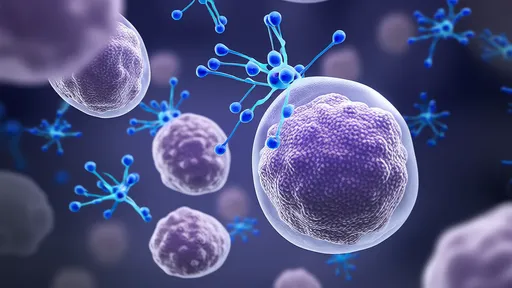
By /Jul 29, 2025

By /Jul 29, 2025
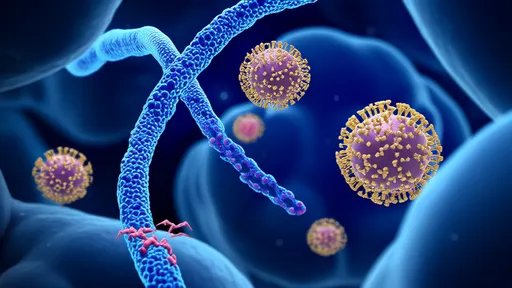
By /Jul 29, 2025
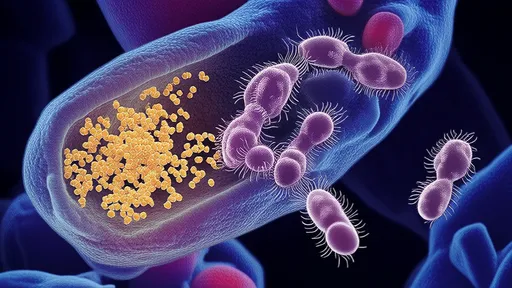
By /Jul 29, 2025
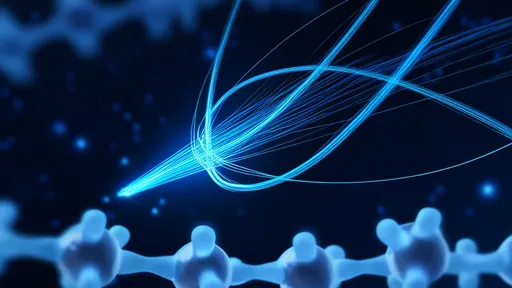
By /Jul 29, 2025
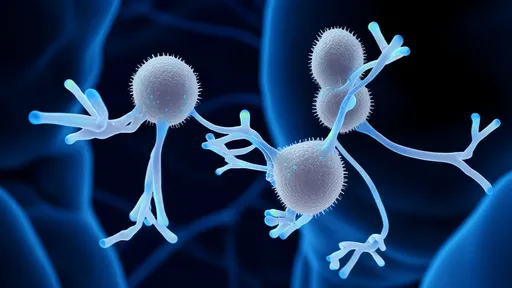
By /Jul 29, 2025
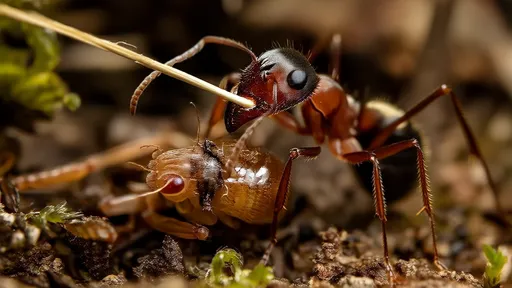
By /Jul 29, 2025
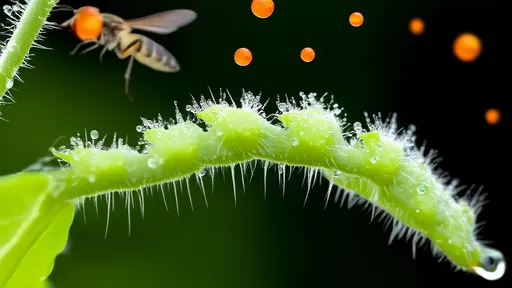
By /Jul 29, 2025
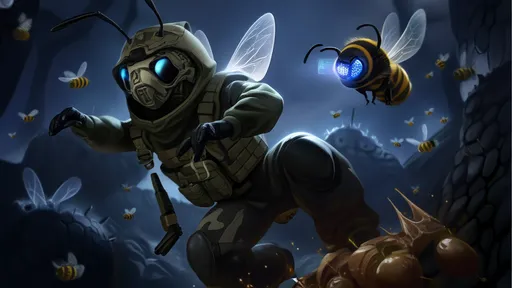
By /Jul 29, 2025
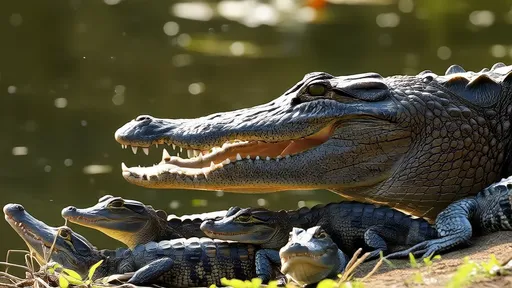
By /Jul 29, 2025

By /Jul 29, 2025
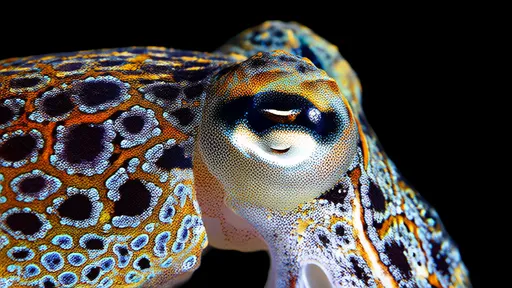
By /Jul 29, 2025
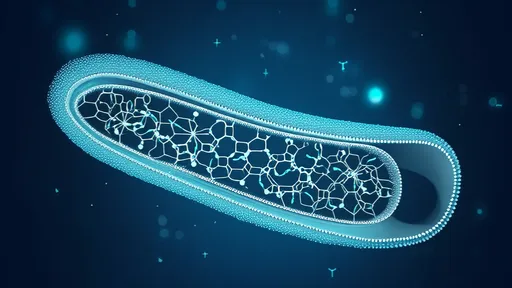
By /Jul 29, 2025
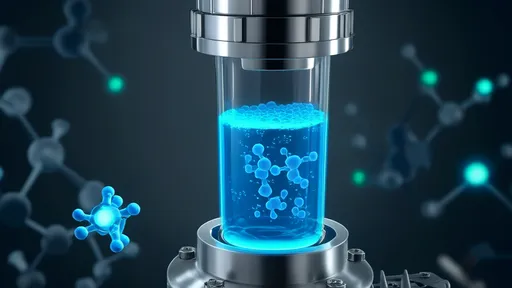
By /Jul 29, 2025
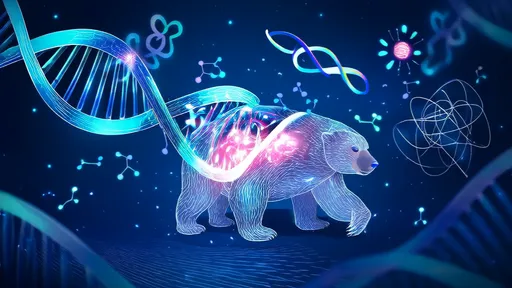
By /Jul 29, 2025
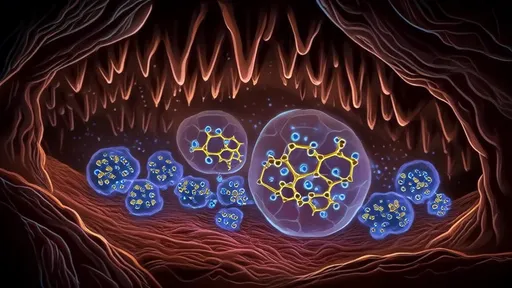
By /Jul 29, 2025
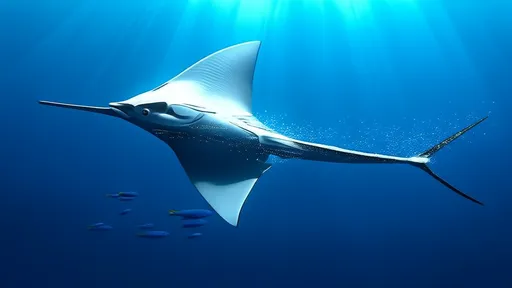
By /Jul 29, 2025

By /Jul 29, 2025

By /Jul 29, 2025